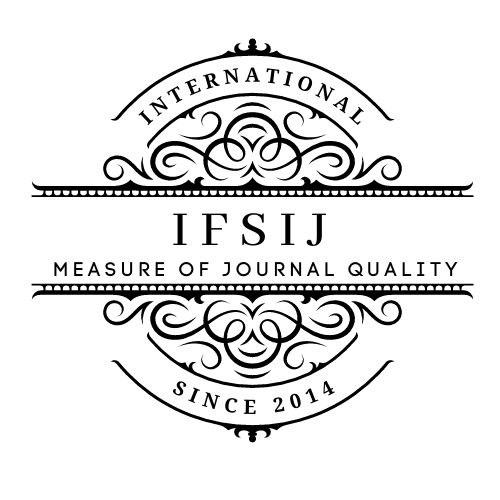ENDOMETRIOZDA YUVENIL QON KETISHI BO’LGAN QIZLARNI DAVOLASH USULLARINI TAKOMILLASHTIRISH
Keywords:
juvenile uterine bleeding, endometriosis, treatment of endometriosisAbstract
Increasing evidence indicates that early-onset endometriosis (EE), beginning at menarche or early adolescence, may have an origin that is distinct from the adult variant resulting from neonatal uterine bleeding (NUB). This involves seeding naïve endometrial progenitor cells into the pelvic cavity; they can then become activated around thelarche. It can also be progressive, compromising future fertility. This variant appears to be characterized by the presence of an ovarian endometrioma. Today, the diagnosis of endometriosis in young patients is often delayed for years; with rapid progression, it can severely affect the pelvic organs even in the absence of serious symptoms. Given the predicament, much attention needs to be paid to symptomatology, which is often non-specific, justifying the search for new, simple, non-invasive markers of increased risk
Downloads
Published
How to Cite
Issue
Section
License

This work is licensed under a Creative Commons Attribution-NonCommercial-NoDerivatives 4.0 International License.















